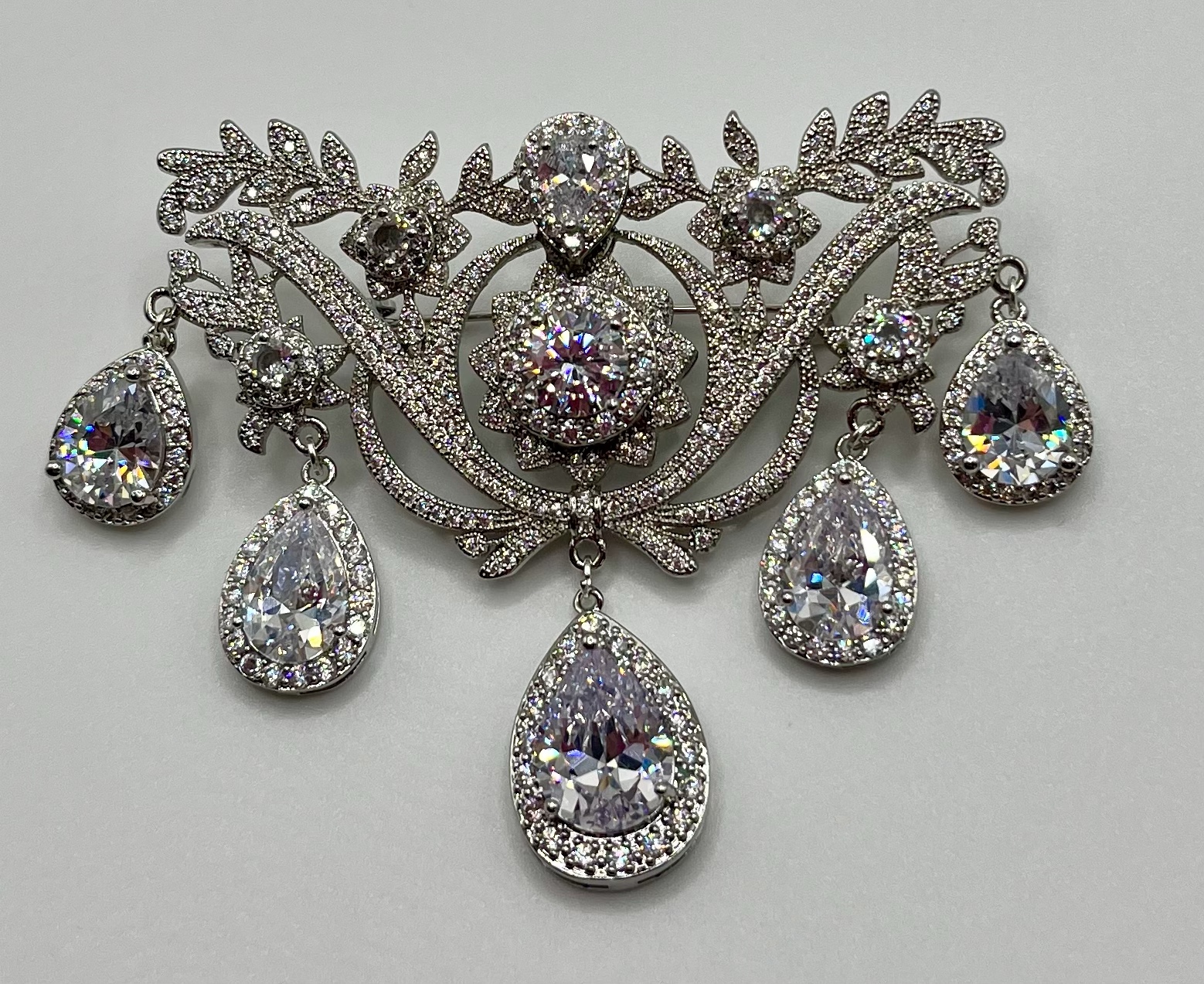
Among the collection of the Victoria & Albert museum in London is a rather stunning antique Portuguese brooch. The brooch is set with chrysoberyls, and is dated to about 1760, and thanks to an aliexpress seller who likes the piece as much as I do, today’s post is a tutorial for making our very own 18th Century Stomacher Brooch!
Through the first two thirds or so of the 18th Century, women’s robes were cut with an open front, and the gap was filled in with a separate wedge-shaped piece of fabric called a stomacher. The stomacher was held in place by pinning it to the stays beneath or to the gown at each side. The flexibility of a dress that could be adjusted to fit any number of bodies by simply pinning the gown wider or narrower over the stomacher was extremely practical in a period when fabric was expensive and sewing was done by hand.
Stomachers could be sewn from the same fabric as the gown:

or to contrast with it for a little extra pop:
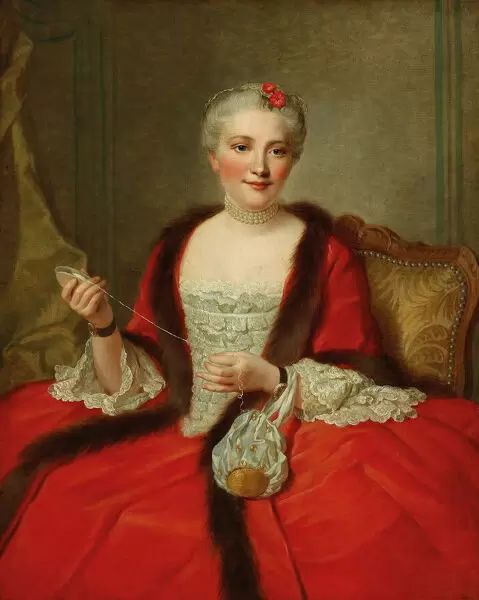
They could be embroidered:
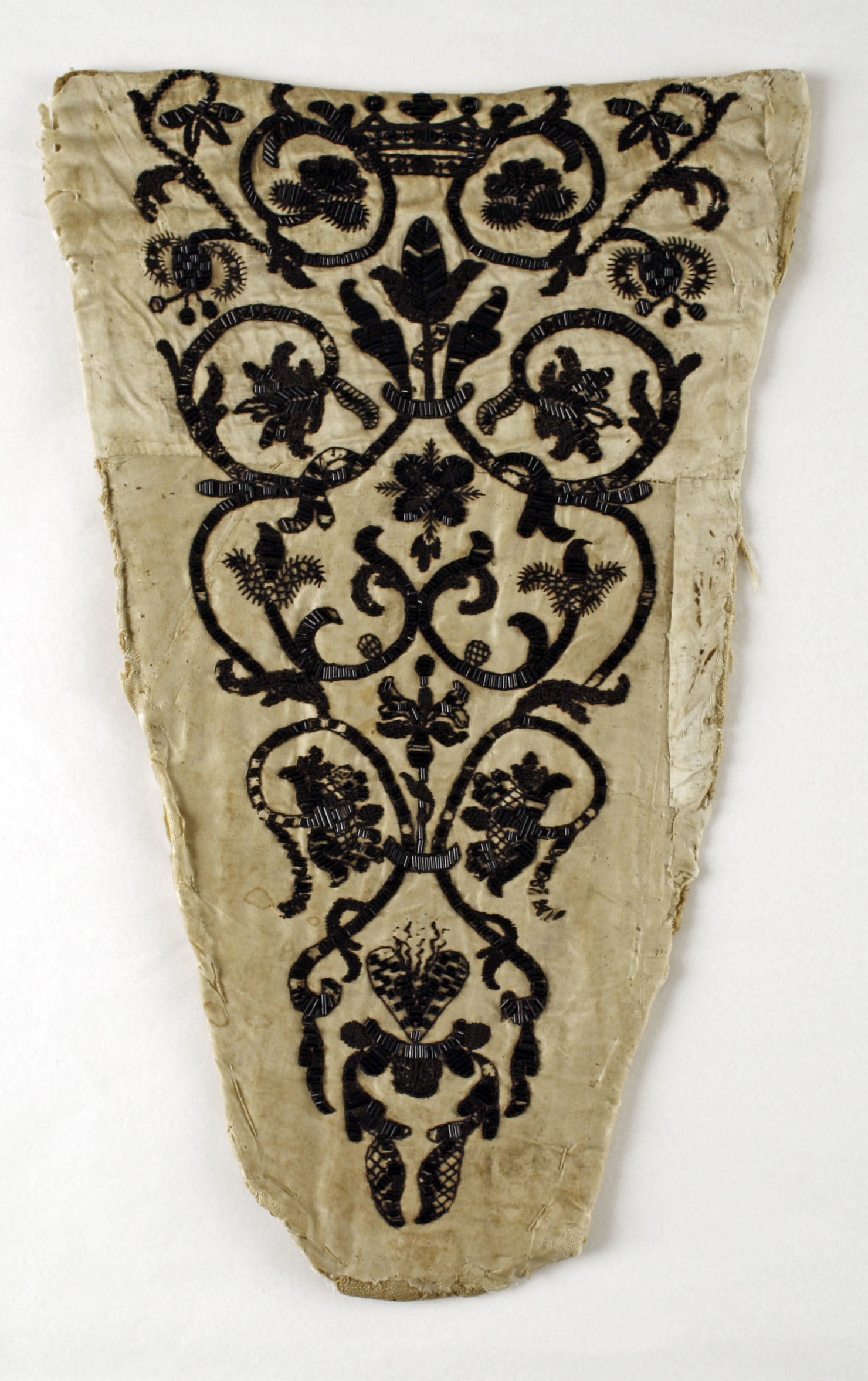
Or spangled:
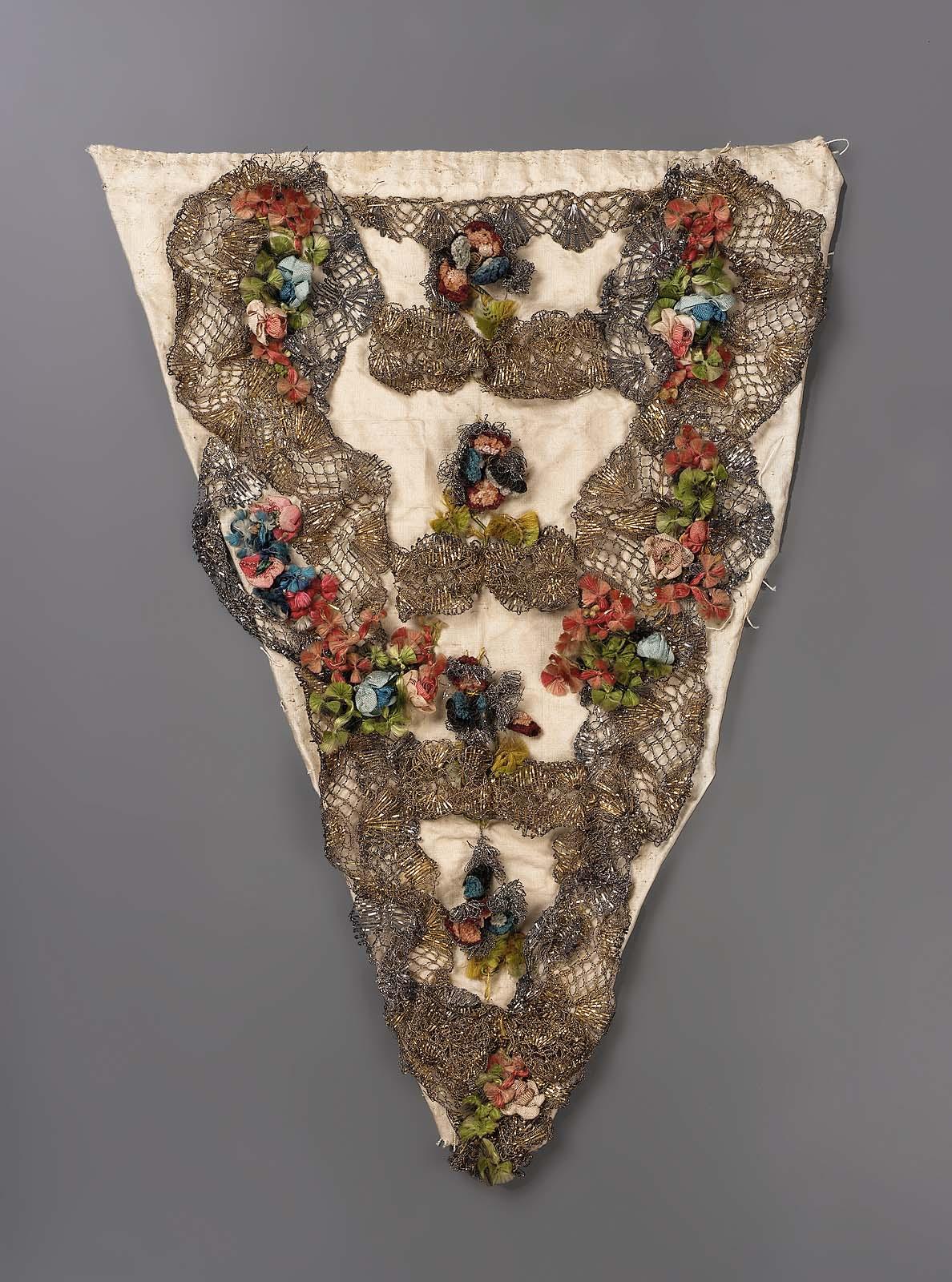
Or tarted up with ribbons or lace:
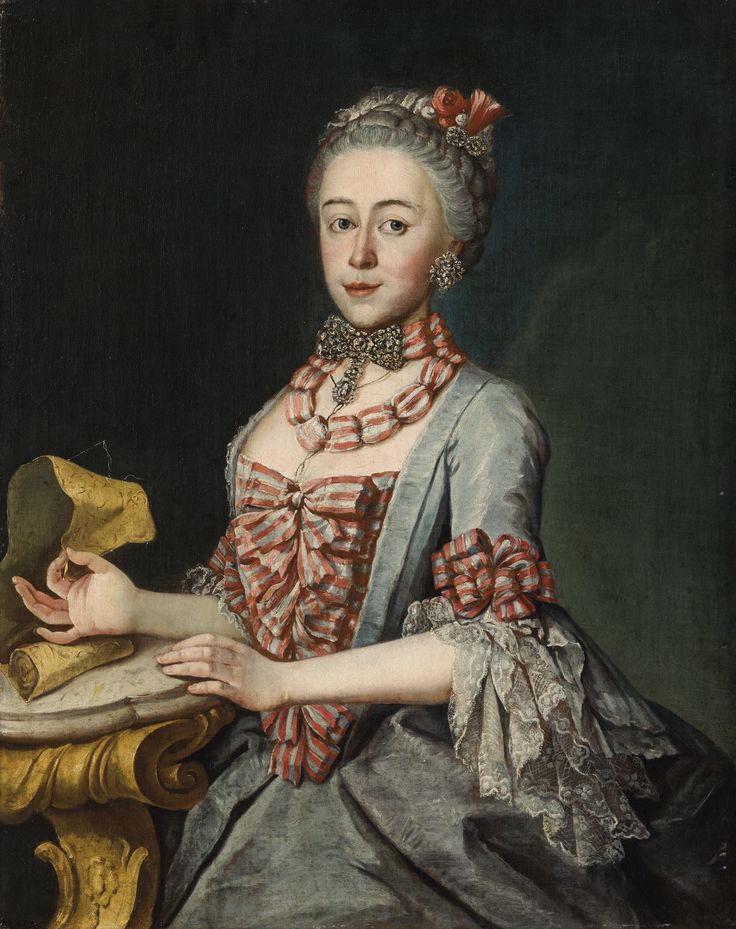
– Or, if you were in a sufficiently flush income bracket, loaded with jewels:

A stomacher brooch is a brooch that would be pinned onto the fabric stomacher panel.
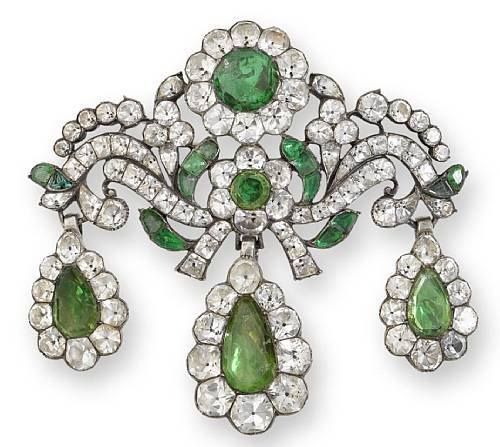
These ranged from demure jewels pinned at the center top between the breasts:

To larger pieces:

To honking multi-part assemblages that would cover the entire stomacher panel from bust-line to waist:

If one wants a stomacher brooch of one’s one (and who does not?) It is difficult to find modern brooches that look as if they belong to the mid 18th century. Modern jewelry is very different in look and feel from Georgian. A properly 18th Century stomach brooch needs to be large, reasonably symmetrical and with a flowing, floreate curlicue sort of design that doesn’t have any of the sharp square angles popular in 20th and 21st century jewelry.
Which takes us back to that chrsysoberyl stomacher brooch from the V&A – its design is flowing and floreate, and it is dated to 1760 – right in the middle of the baroque 18th century,
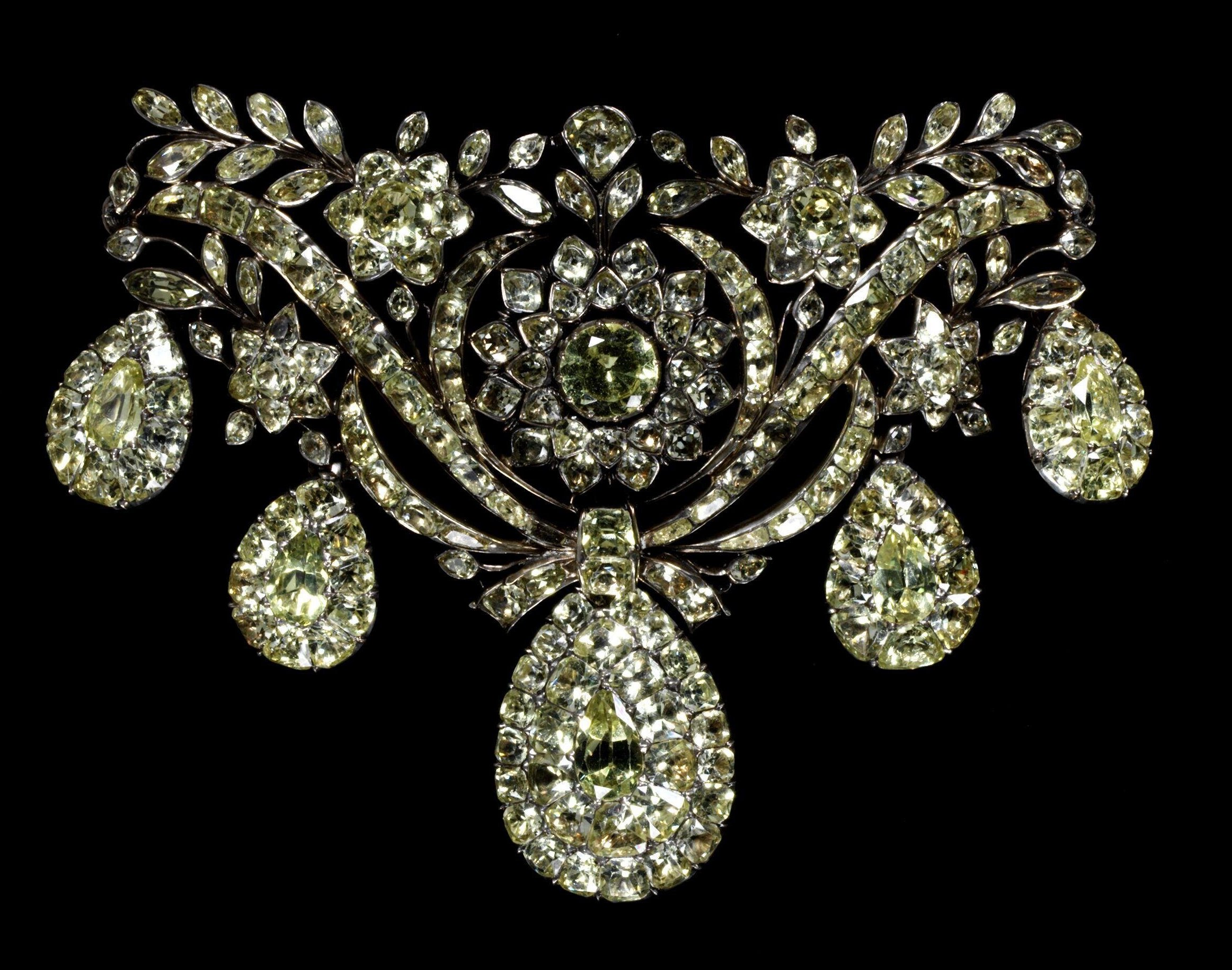
On aliexpress I found a brooch that looks awfully similar to the extant one – just as if the designer had a certain museum piece in mind when they made it! Obviously, I bought it.

When the brooch arrived, it needed some work. The reproduction had been tarted up with a couple of protruding freshwater pearls and some badly made plastic pearl drops. The first step was to cut off the horrible dangles and get rid of the embedded pearls. The dangles were taken care of with a pair of wire cutters. The pearls were a bit trickier – the cup-and-post settings were very deeply recessed. I didn’t want to soak the brooch in a solvent solution and risk losing the rhinestones as well, so I ended up grinding the pearls off flush with a dremel – messy but effective.
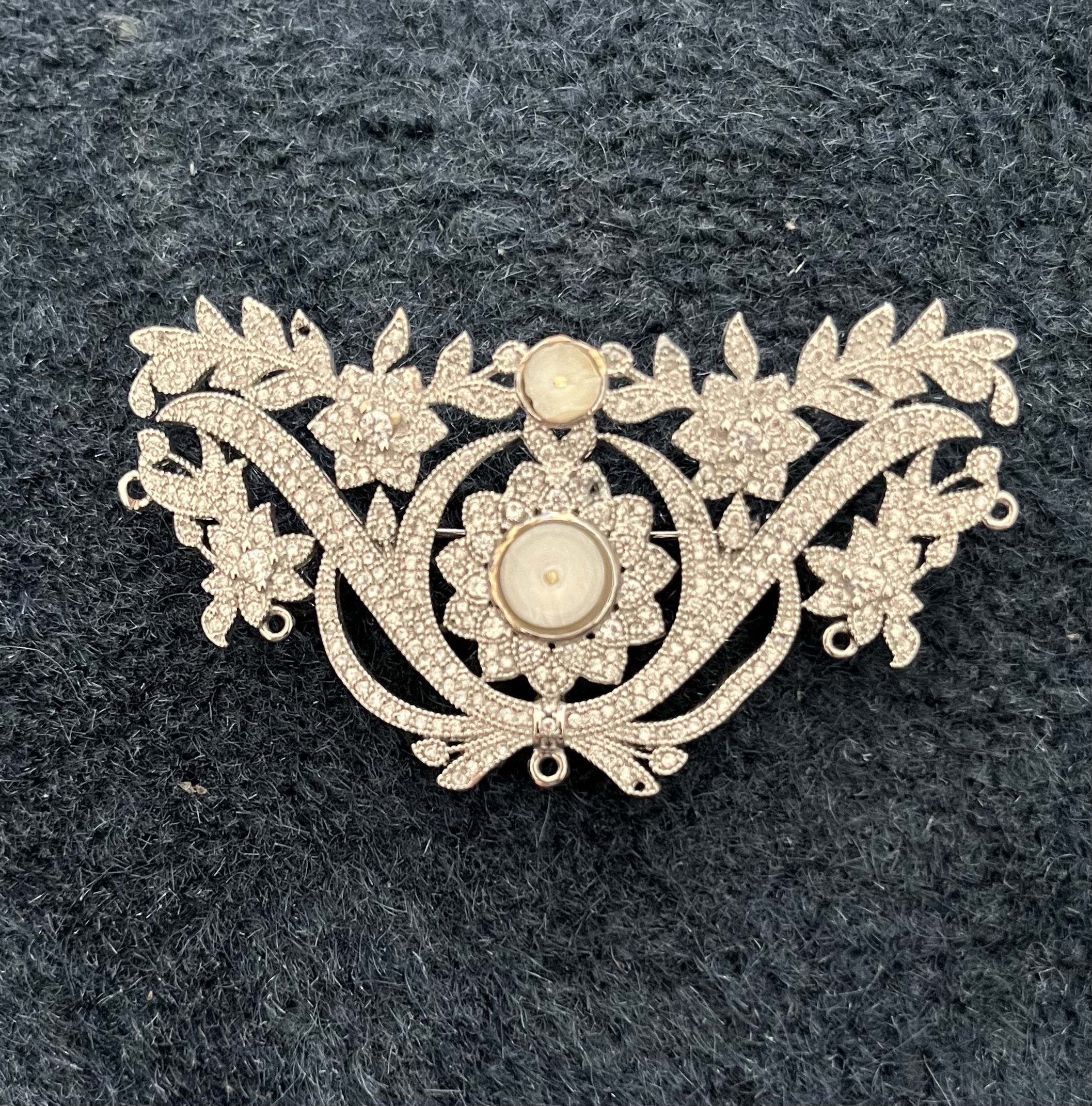
I went through my stash of cubic zirconia earrings, cutting them up and mixing and matching components until I had a set of dangles whose proportions I liked.
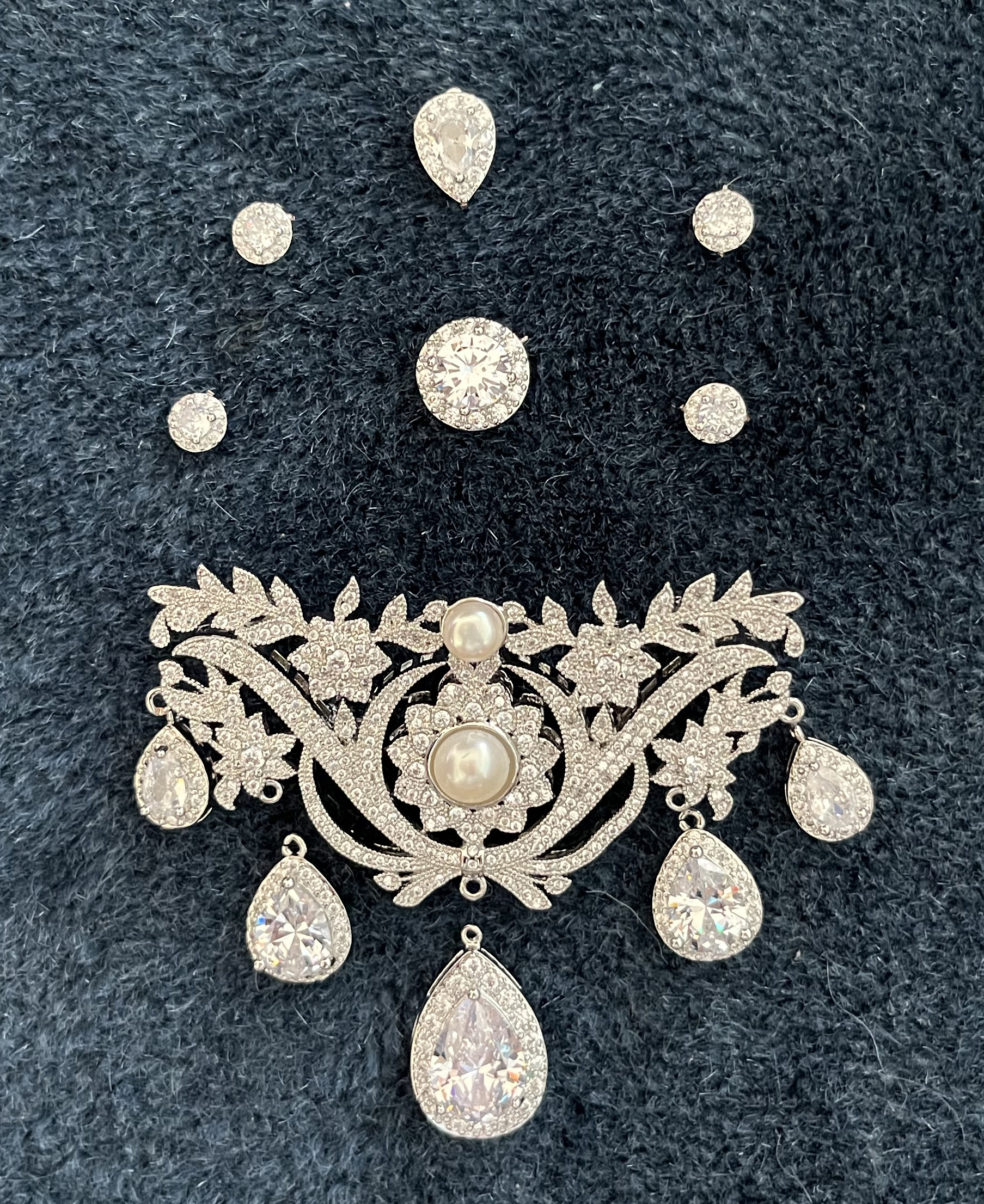
I also took some smaller earring components and glued them to the face of the brooch – covering the wreckage of the two pearls, and giving the brooch some dimension at strategic points.
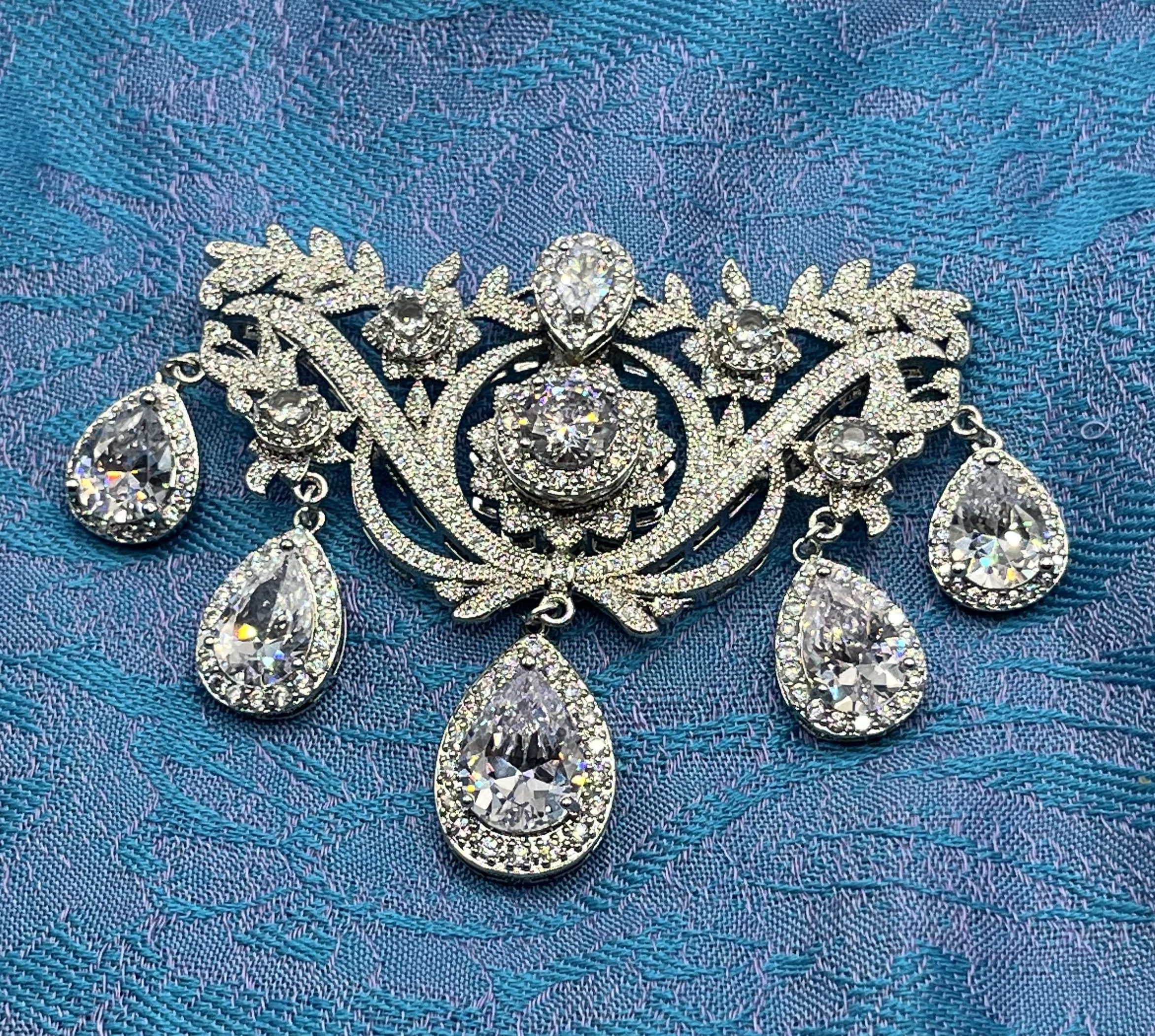
And at the end of it, I have a VERY pretty-dang-period-plausible 18th Century Stomacher Brooch!
For anyone interested – and for long as the links last – here are the components used in making this piece:
The brooch base is this one.
For pendant drops, pearl-covers and other assorted do-daddery, I used elements of these and these and these.
Have fun!

One thought on “18th Century Stomacher Brooch: Tutorial ”